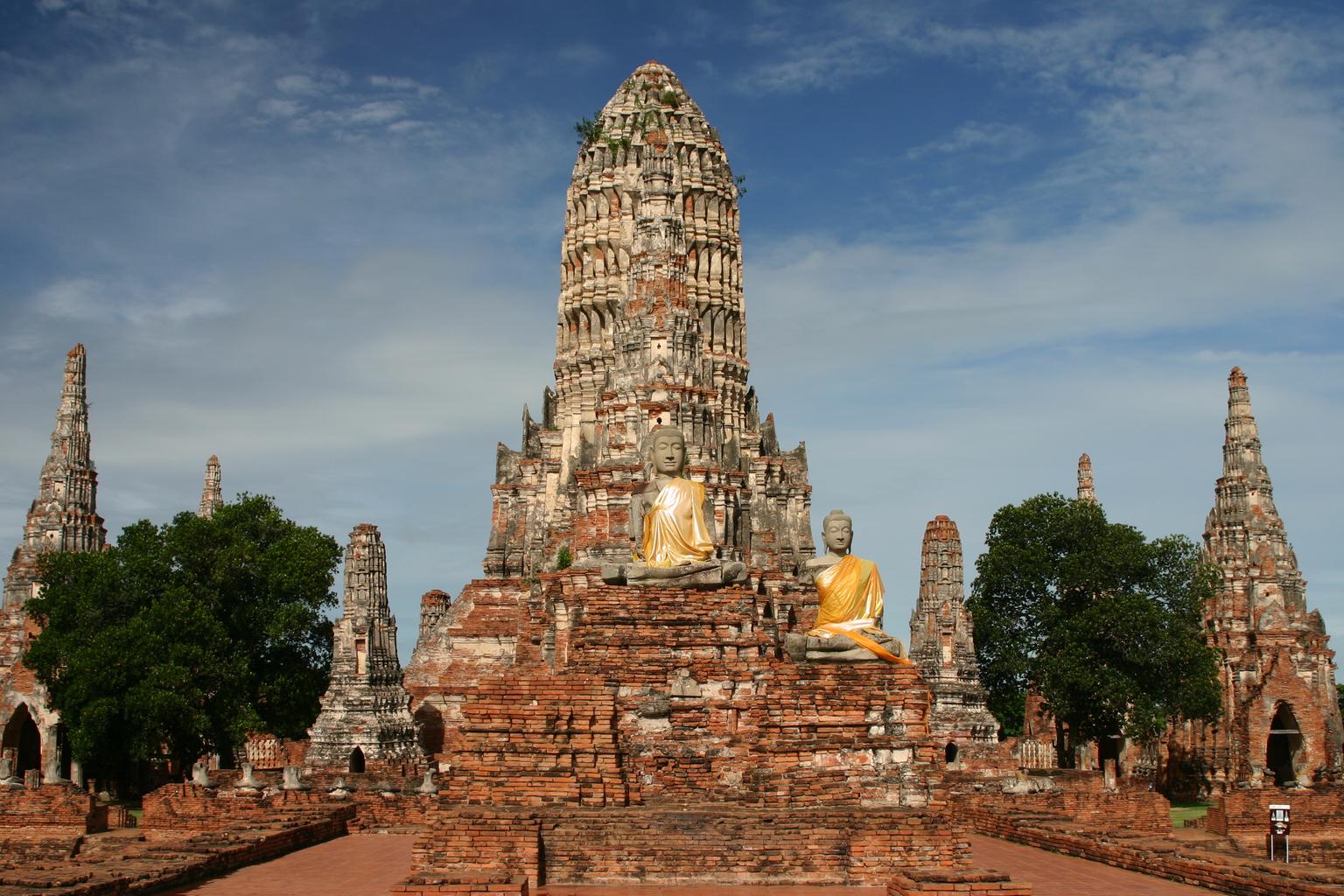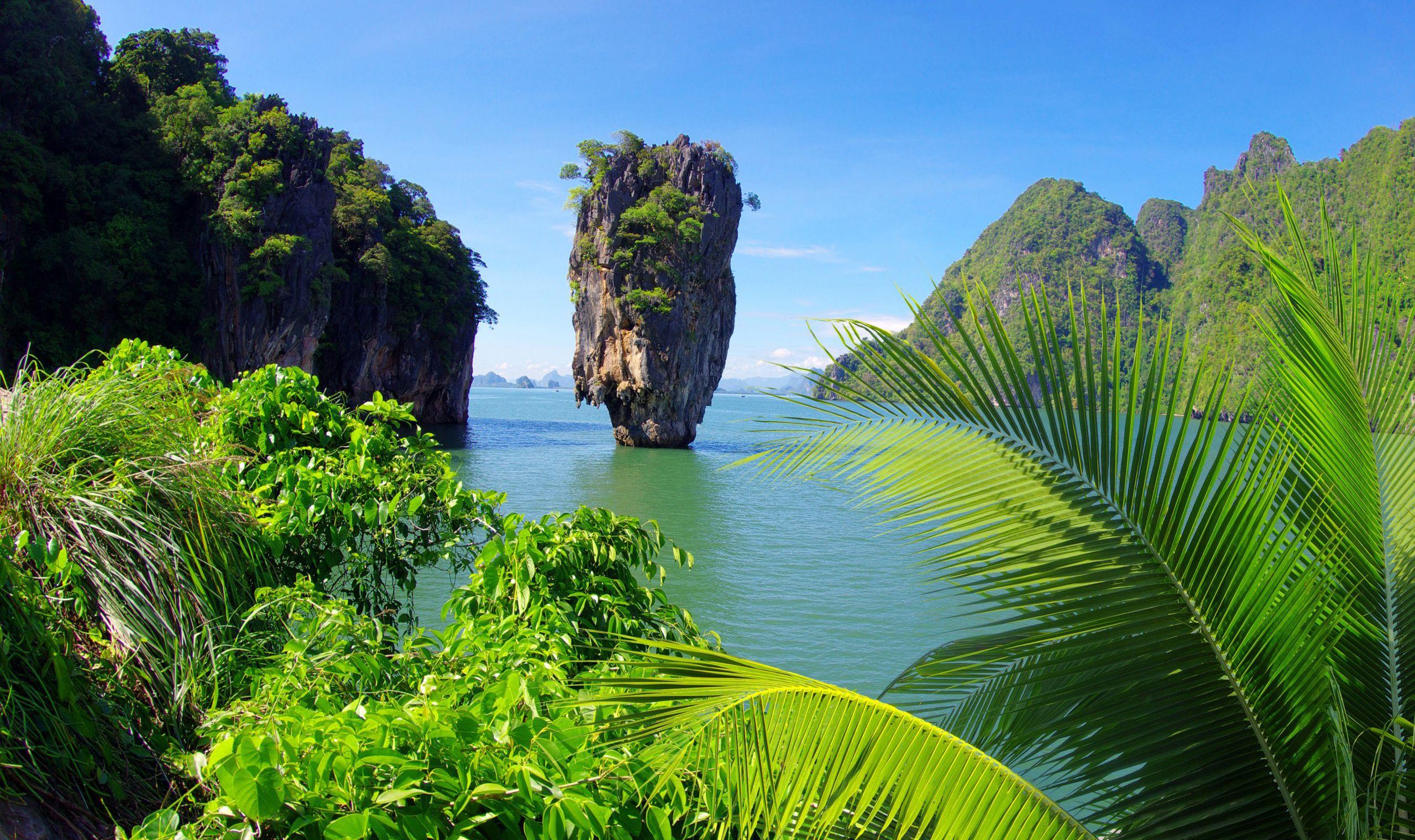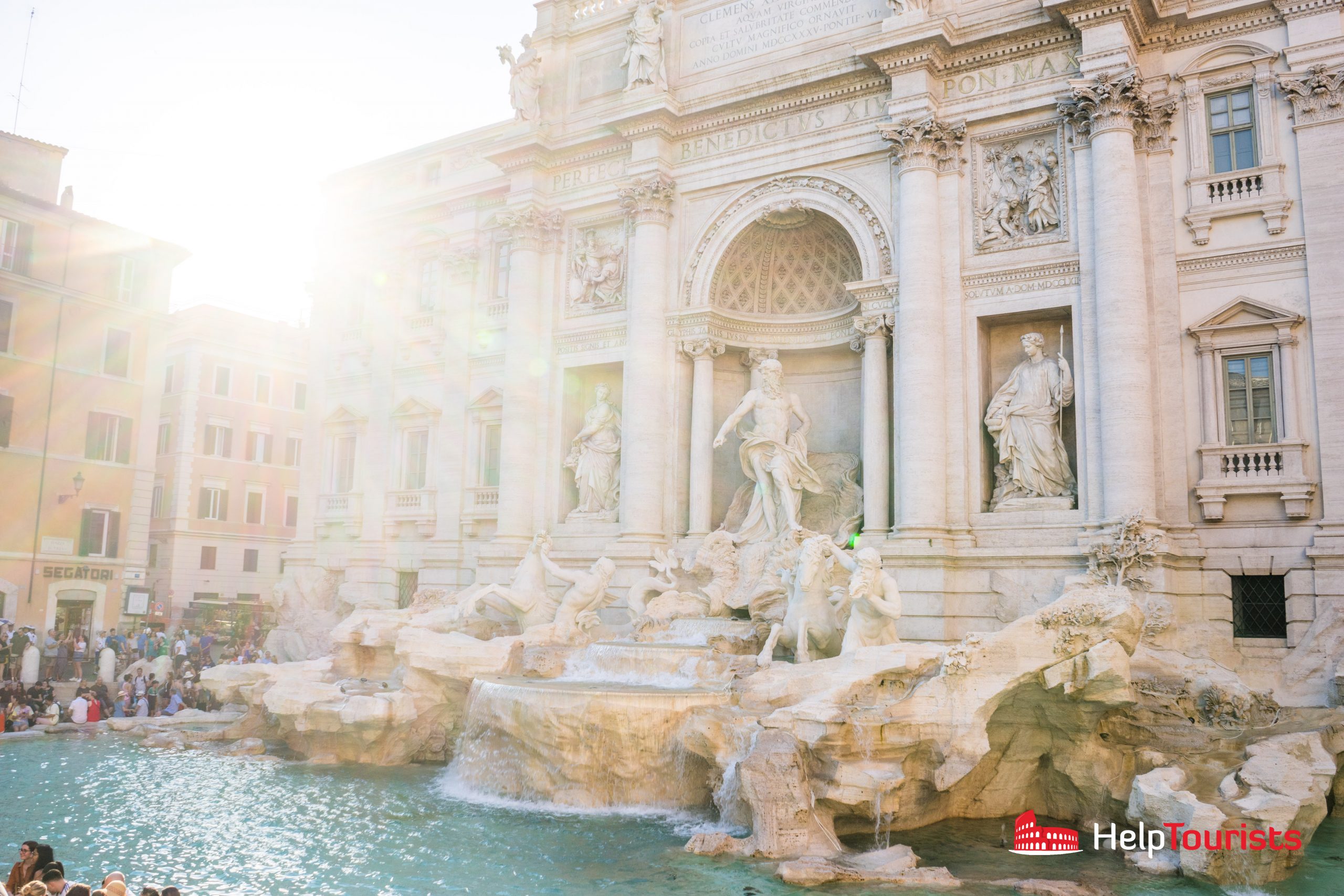Thailand, known as the Land of Smiles, is a country rich in culture, history, and natural beauty. It’s a destination that captivates travelers with its vibrant traditions, magnificent temples, and stunning tropical landscapes. This article delves into intriguing facts about Thailand—each one promising a shift in perspective and sparking curiosity about this Southeast Asian gem.
1. A Land of Temples: More than 40,000 Spiritual Sanctuaries
Thailand boasts over 40,000 temples, or ‘wats,’ each a testament to the country’s deep-rooted Buddhist traditions. Among the most famous is Wat Phra Kaew, located within the Grand Palace in Bangkok, which houses the revered Emerald Buddha. This revered figure is not merely a statue; it symbolizes Thai identity and spirituality, and it’s adorned with seasonal costumes that change according to Thailand’s three seasons.
2. The Art of Paying Respects: The ‘Wai’ Greeting
The traditional Thai greeting, known as the ‘wai,’ is more than just a gesture; it encapsulates the essence of Thai hospitality. In this act, one presses their palms together and bows slightly, conveying respect. The higher the hands are held, the more respect is offered. This custom reflects the profound importance placed on hierarchy and social harmony within Thai culture.
3. A Diverse Festival Calendar: Celebrating Life and Nature
Thailand’s festival calendar is teeming with vibrant celebrations, often steeped in historical significance. The Songkran Festival, for example, marks the Thai New Year and is celebrated with exuberant water fights. Meanwhile, Loy Krathong, the Festival of Lights, sees locals releasing beautifully crafted krathongs (floating lanterns) onto rivers to honor the water goddess, showcasing both reverence and a sense of community.
4. Cuisine: A Symphony of Flavors
Thai cuisine is renowned for its divine balance of sweet, sour, salty, and spicy flavors. Dishes such as Tom Yum Goong (spicy shrimp soup) and Pad Thai have found international acclaim, yet the diversity of Thai food extends far beyond these popularly known dishes. Regional specialties like som tam (green papaya salad) from the northeast and khao soi (curry noodle soup) from the north provide a culinary kaleidoscope that invites exploration.
5. Thai Elephants: A Symbol of Strength and Wisdom
As the national animal, elephants occupy a special place in Thai culture. Once used in warfare and labor, elephants are now viewed through a lens of conservation and care. The Elephant Nature Park in Chiang Mai is a sanctuary where visitors can engage ethically with these gentle giants, gaining a deeper understanding of their significance in Thai history and ecology.
6. The Enigmatic Thai Monarchy
The Thai monarchy holds a unique position in the hearts of the people. King Rama IX, who reigned for over 70 years, is remembered for his dedication to rural development and sustainability. His legacy continues to influence contemporary policies. The royal family’s integration into daily life—from portraits adorning public spaces to royal ceremonies—offers a glimpse into the influence of monarchy on national identity.
7. A Tropical Paradise: Biodiversity of National Parks
Thailand is home to an impressive array of biodiversity, encompassing over 100 national parks. From the dense jungles of Khao Sok to the stunning marine parks like Mu Ko Ang Thong, the range of ecosystems is astounding. These parks not only conserve flora and fauna but also provide sanctuaries for endangered species, allowing eco-tourists the chance to witness nature’s splendor in pristine conditions.
8. Muay Thai: The Art of Eight Limbs
This traditional martial art, known as the ‘Art of Eight Limbs,’ employs punches, kicks, elbows, and knee strikes, making it a complex and revered sport in Thai culture. It originated in Thailand centuries ago as a method of hand-to-hand combat. Today, Muay Thai is not only a national sport but also a global phenomenon, attracting enthusiasts eager to learn its techniques and appreciate its cultural significance.
9. Unique Festivals: A Celebration of Culture
Thailand’s unique festivals illustrate the rich tapestry of its culture. The Phi Ta Khon festival, often referred to as the Ghost Festival, is held in Dan Sai and features vibrant masks and parades. Participants don flamboyant attire, embodying spirits and legends, which invites villagers and tourists alike to celebrate and engage with the local folklore, thus preserving ancient customs for future generations.
10. Beyond Bangkok: The Allure of Ancient Cities
While Bangkok dazzles with its urban flair, ancient cities like Ayutthaya and Sukhothai offer glimpses into Thailand’s storied past. Ayutthaya, once the capital of the Kingdom of Siam, is anyone’s ‘Archaeological Wonderland,’ featuring majestic ruins that speak volumes about the opulence of Thai history. Sukhothai, recognized as the cradle of Thai civilization, is home to exquisite temples and sculptures that exemplify the artistry inherent in early Thai culture.
In conclusion, Thailand encapsulates a multitude of experiences, each offering insights into its incomparable heritage, reverence for nature, and culinary mastery. Engaging with its temples, traditions, and tropical wonders presents not merely a journey through landscapes but an exploration of values, stories, and connections that resonate deeply within one’s own understanding of world cultures.










